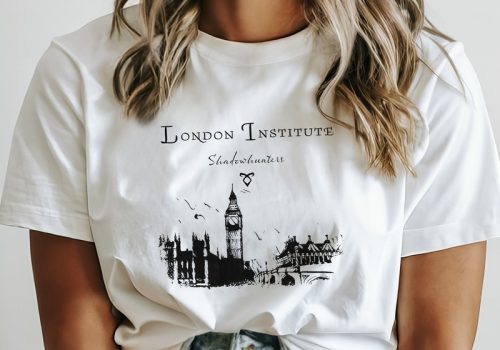Surfactants in cosmetics: What exactly are they?
Surfactants are employed to accomplish a range of tasks in the field of cosmetics, including foaming, thickening, and emulsifying. These ingredients are used for improving product spreadability, as well as to treat hair and skin.
It is made from natural or synthetic materials. These are usually made by petroleum-based chemicals. There are alternative raw materials created from renewable sources that provide a balance between costs, efficiency and environmental impact.
Surfactants in Cosmetic Formulations
Cosmetic surfactants are substance that has a particular chemical structure that permits it to perform several essential functions in cosmetic formulas. This includes emulsification as well washing, foaming and solubilization.
Surfactants which are commonly used in cosmetics and products for personal care tend to be anionic. They have excellent cleansing capabilities and can take away fats, oil and other toxins off the skin’s surface. In order to minimize irritation, they’re mixed with nonionic or amphoteric surfactants. Examples include cetearyl Alcohol and sodium lauryl Sulfate.
Micelles created by surfactants within a solution gia cong my pham resemble cream-filled donuts. When surfactants are in low levels, they move around in a random manner without creating any structure. However, when their concentration becomes critical, these molecules form structures. Surfactants are able to trap oil, dirt and sebum through micelles’ outer layers, which is hydrophilic.
Functions of Surfactants in Cosmetics
These ingredients are used in a variety of cosmetics. Surfactants are able to perform multiple functions including cleansing, as well as foaming. Additionally, they improve the experience of applying cosmetics.
In cleansing formulations surfactants work by reducing the surface tension of the skin to eliminate impurities and dirt. The surfactant molecules, which are positively charged, are able to bind positively charged contaminants.
Surfactants help make sure that oil and water-based components are stable in emulsions. This results in a smooth texture and increased effectiveness. Further, they can evenly disperse and stabilize powders in order to optimize the discoloring, whitening and sun protection effects of the products. Additionally, by forming surfactant micelles on top of the materials they can help make certain components more water-soluble.
What are the different types of surfactants used in cosmetics?
The most commonly used ingredient used in the production of cosmetics is a surfactant. While they’re frequently regarded as “bad” or hazardous substances, they serve numerous useful tasks, such as dispersing, emulsifying and wetting.
Also, they are great detergents and foaming agents. They can be synthetic or natural and are made from raw substances like petrochemicals, for example, by chemical reactions like the ethoxylation and sulfonation processes. Surfactants are typically used in cosmetics and personal care. They include sodium lauryl sulfates, sodium laureth sulfates, ammonium lauryl sulfates or ammonium lauryl sulfates. They have lipophilic as well as hydrophilic ends that, when coupled with water, create micelles.
Surfactants’ role in emulsification
The surfactant is a crucial component in the formulation of cleansing products. It assists in removing the oil that is accumulated on skin and hair. Surfactants help to moisten the skin and hair making it simpler for cosmetics to be applied.
Based on the properties of their molecules, surfactants are either nonionic, cationic or amphoteric. These molecules contain Hydrophilic tails (like flowers that are water-loving) however they also have hydrophobic heads. When surfactants are dissolved within water, they are reorganized into micelles. The head that is hydrophilic faces upwards, while the hydrophobic tails capture dirt or oil.
Surfactants are great detergents, wetting agents and Emulsifiers. It is also well known that they disperse particles evenly and uniformly in cosmetic products that maximize their discoloring, whitening and sun protection effects. They create emulsions, like water in oil or water in oil, are made with these particles.
The influence of surfactants on the quality of formulations
Surfactants in cosmetic formulations serve a variety of purposes that include emulsifiers as well as wetting agents. They play a significant role in the formulation of cleansing products that need to be gentle on skin and hair but still efficient in removing oily impurities from the tissues.
Surfactants that reach extremely low levels, they just bounce, but once they reach the Critical Micelle Concentration is reached the micelles begin to form. These structures have a thermodynamic stability. The polar group in the head of the surfactant can interact with the water molecules. The nonpolar tail is able to bind to the nonpolar oil and grease molecules.
Unfortunately, most chemical surfactants come from petrochemicals. It isn’t good for the skin. In order to enhance the skin’s health, it is necessary to use sustainable and natural-based surfactants.







